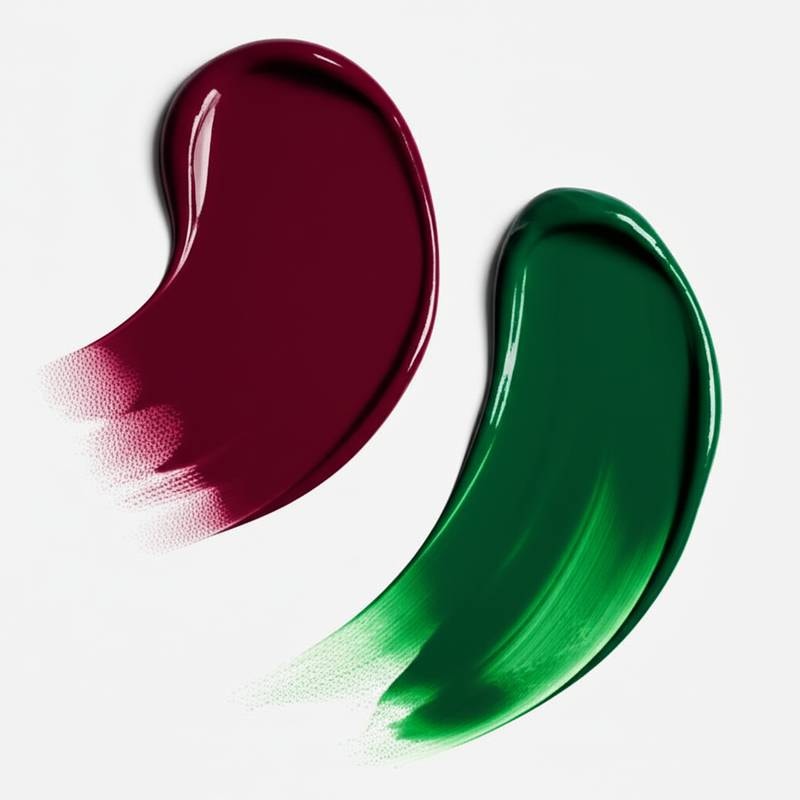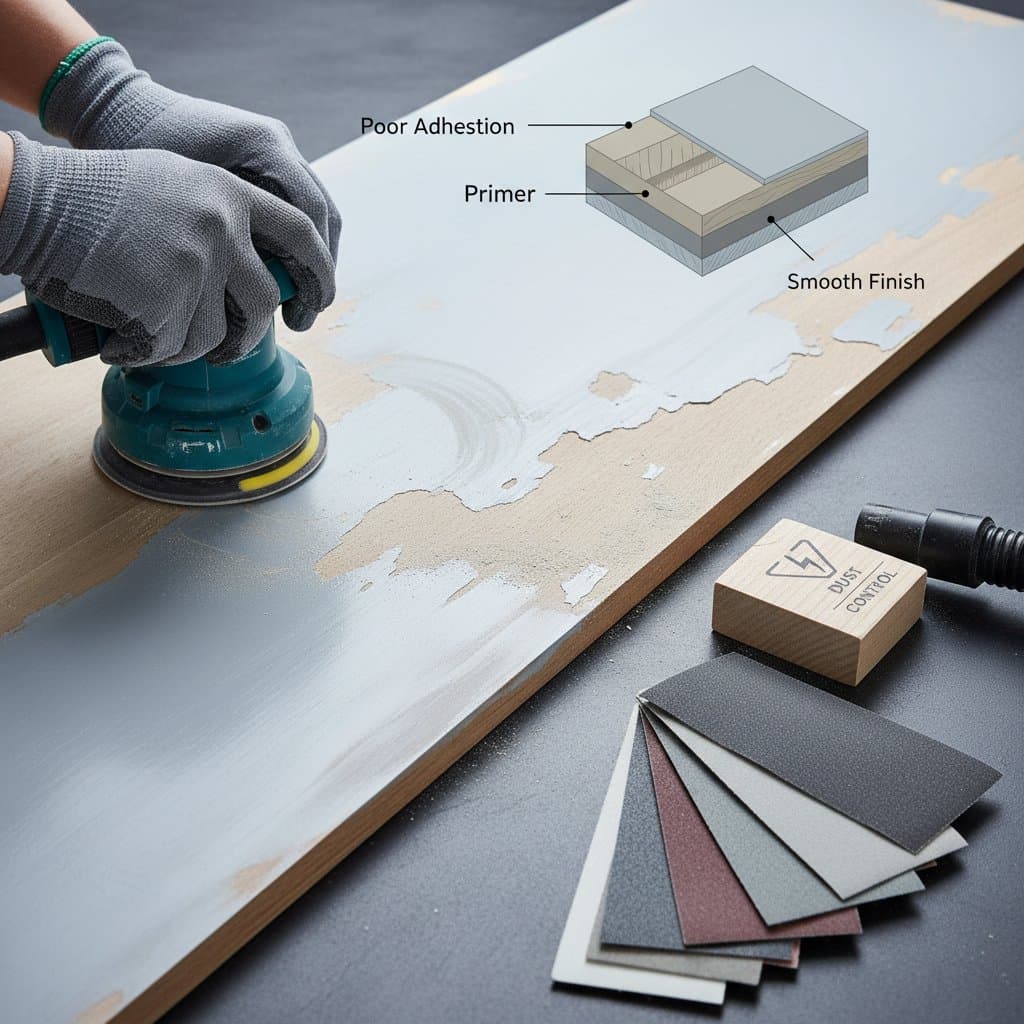Why Burgundy and Forest Green Paint Costs 40% More in 2025
Paint colors shape design decisions, yet not every shade carries the same expense. Homeowners, contractors, and designers observe that premium deep tones like burgundy and forest green incur up to 40 percent higher costs compared to standard options such as off-white or beige. Grasping the reasons behind this premium equips individuals to budget effectively and select paints with confidence.
This piece examines the elements elevating prices for burgundy and forest green, details the production processes for specialty paints, and offers actionable advice for those planning projects with these hues.
Project Cost Breakdown
Average Cost Ranges
- Basic paint project with standard colors: $2,000 to $3,200
- Project using premium burgundy or forest green: $2,800 to $4,500
- High-end project with custom finishes in burgundy or forest green: $4,500 to $7,000
What's Included
- Labor for surface preparation, priming, and application
- Materials encompassing primers, base paints, and protective coatings
- Setup involving protection for floors, furniture, and fixtures
- Cleanup along with a final inspection for uniform coverage
What Costs Extra
- Specialty primers tailored for dark, absorbent tones
- Additional coats to secure depth and eliminate streaks
- Upgraded finishes like high-gloss or scrub-resistant formulas
- Custom mixing to match precise shade specifications
- Prolonged drying periods that extend labor requirements
Factors That Affect Final Cost
| Factor | Cost Impact | Examples |
|---|---|---|
| Pigment quality | Higher material cost | Burgundy and forest green demand costly organic and mineral pigments |
| Number of coats | Increases labor and paint usage | Dark tones typically require three coats versus two for neutrals |
| Primer requirements | Adds extra step and product | Specialized primers block bleed-through and promote even absorption |
| Finish type | Raises per-gallon price | Gloss and semi-gloss deep colors exceed flat finishes in expense |
| Labor intensity | Extends project timeline | Precise techniques avoid streaks or visible roller marks |
Why Burgundy and Forest Green Cost More
Premium Pigment Sourcing
Deep shades such as burgundy and forest green depend on concentrated pigments that prove more expensive to produce and procure. These often derive from specialized mineral or synthetic sources, which command two to three times the price of titanium dioxide found in lighter paints. Suppliers pass these elevated material expenses directly to consumers.
Coverage Challenges
These hues exhibit lower opacity than pale tones, necessitating multiple layers for a solid, vibrant finish. Each additional coat boosts paint volume and application time, thereby inflating overall project expenses. Professionals recommend testing samples to gauge exact coverage needs.
Specialty Primers
Improper priming leads to patchy results with dark paints. Experts apply tinted primers formulated for deep colors to enhance adhesion and color true-ness. Incorporating this step introduces another material and labor element to the budget.
Finish Sensitivity
Imperfections like scratches or drips stand out prominently on rich tones. Teams invest extra effort in thorough preparation, including sanding and meticulous application, to deliver seamless outcomes. Such attention proves essential in expansive or intricate areas, contributing to higher labor fees.
Market Trends
Rising popularity of burgundy and forest green in interior and exterior designs amplifies demand. Coupled with inherent production challenges, this surge prompts suppliers to adjust prices upward. Monitoring seasonal trends helps anticipate cost fluctuations.
Timeline Expectations
Projects featuring burgundy or forest green extend beyond those with neutral shades due to their technical demands.
- Preparation phase: One to two days for cleaning, sanding, patching, and priming
- Application phase: Two to four days based on coat count and surface size
- Drying and touch-ups: One to two days for proper curing and refinements
Neutral jobs often conclude within a week, whereas these premium applications span seven to ten days, particularly for complete interiors or exteriors. Factor in weather delays for outdoor work.
Professional vs. DIY Guidance
When DIY Works
- Small accent walls or individual furniture items
- Limited surface areas under 100 square feet
- Individuals possessing prior painting skills and tools
When to Hire Professionals
- Full-room transformations or entire homes
- Exterior applications influenced by climate and wear
- Surfaces needing repairs or intricate prep work
- Scenarios prioritizing flawless, enduring finishes
While DIY reduces initial outlay, it risks subpar results with challenging shades. Common errors include incomplete coverage and visible streaks. Experts employ specialized equipment and techniques for superior longevity.
Contractor Selection
Selecting a skilled painter gains importance with premium colors.
Research Methods
- Review portfolios showcasing deep tone applications
- Examine reviews emphasizing consistency and quality
- Seek referrals from local neighbors or design experts
Qualification Verification
- Verify licensing and insurance coverage
- Inquire about specific experience with burgundy and forest green
- Confirm use of reputable, high-grade paint brands
Quote Comparison
- Secure at least three itemized estimates
- Verify inclusion of primers and multiple coats
- Analyze labor details alongside material pricing
Contract Essentials
- Detailed written agreement outlining costs
- Defined timeline with start and completion dates
- Included warranty for coverage and durability
Process Preparation
Homeowners contribute to smooth execution through proactive steps.
- Clear the area by removing or covering furniture and belongings
- Align on specifics like sheen, finish, and shade prior to commencement
- Account for temporary inaccessibility during drying
- Ensure adequate ventilation to manage fumes and aid curing
Quality Assurance
Premium dark paints warrant rigorous evaluation.
- Consistency across surfaces without streaks or patches
- Precise edges at ceilings, trim, and corners
- Robust durability against scratches and peeling
- Seamless touch-ups blending invisibly
Conduct a joint walkthrough with the team to affirm standards.
Financing and Payment Timing
Elevated project costs benefit from structured financial planning.
- Initial deposit: 20 to 30 percent at project start
- Progress payments: Scheduled for key milestones
- Final settlement: Upon approval post-walkthrough
Certain contractors provide financing options or phased invoicing to distribute expenses.
Planning Your Project
Embarking on a burgundy or forest green endeavor requires thorough preparation and accurate budgeting. These tones infuse spaces with depth and elegance, yet demand greater resources than basic selections. By comprehending cost drivers and procedural nuances, individuals craft efficient plans, sidestep unexpected expenses, and secure enduring, professional-grade transformations.
Frequently Asked Questions
Why do darker colors like burgundy and forest green exceed the price of lighter shades?
Darker colors incorporate pricier pigments in production. They further necessitate additional coats and dedicated primers for reliable coverage. These factors combine to elevate both materials and labor expenditures.
How long does a project with burgundy or forest green typically require?
A standard room application spans approximately one week, encompassing preparation through final adjustments. Expansive interiors or exteriors extend to seven to ten days, accounting for extra layers, extended drying, and finishing precision.
Does hiring a contractor outperform DIY for these shades?
DIY suits minor accents or furnishings, yet comprehensive rooms or exteriors demand professional knowledge. Specialists master even application, optimal drying management, and primer selection for sustained quality.
What qualities define a suitable painter for these colors?
Prioritize those with demonstrated dark-shade expertise. Request project images, references, and confirmation of comprehensive estimates covering prep, primers, and coats. Strong contracts feature warranties for performance.
What preparations precede the painters' arrival?
Evacuate and shield furniture, valuables, and discuss sheen along with finish details upfront. Facilitate ventilation for odor dispersion and curing support. Anticipate brief room unavailability.
What issues commonly arise in burgundy and forest green paint projects?
Streaking, inconsistent coverage, and roller marks prevail without proper primers or techniques. Experienced teams and premium materials mitigate these risks effectively.



